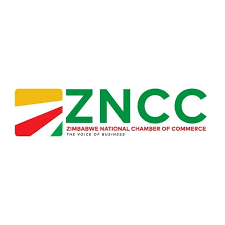
THE Zimbabwe National Chamber of Commerce (ZNCC) has apprised its members of corporate rescue and liquidation processes amid a tough economic environment that has seen firms battling to maintain solvent statuses.
Local companies, such as Truworths Limited, Beta Holdings and Khayah Cement Limited, have entered corporate rescue to restructure their affairs and continue on a solvent business. A corporate rescue shields the company from liquidation, safeguards stakeholders’ interests and enhances the likelihood of the company’s survival.
ZNCC last week held a webinar for its members in which legal and insolvency practitioner Reuben Mukavhi spoke of the mechanics of corporate rescue.
“Corporate rescue refers to the legal process through which a financially distressed company attempts to restructure its debts and assets to regain solvency, allowing it to continue operating as a business rather than being liquidated,” he said.
“This process utilises court-supervised proceedings to temporarily halt creditor claims and develop a rehabilitation plan.”
Mukavhi noted that any company facing financial distress with a reasonable prospect for recovery could consider corporate rescue.
“A financially distressed company is unable to pay its debts as they become due,” he said.
“Additionally, when a company’s liabilities exceed its assets, it may consider entering corporate rescue, depending on the severity of the distress.”
- Power crisis hits Proplastics factory
- ‘No easy road to recovery for Zim’
- Women urged to take advantage of Women’s Bank
- Half of Zim youths loafing: ZimStat
Keep Reading
He said a company could enter corporate rescue either through a board resolution or via an application to the court by a creditor.
“The board of directors can voluntarily pass a resolution to commence corporate rescue and nominate the insolvency practitioner of their choice. This resolution is then submitted to the Registrar of Companies and filed with the
Master of the High Court,” Mukavhi said.
“If the practitioner is not disqualified by the Master of the High Court, they enable a moratorium. A moratorium is a temporary suspension of legal proceedings, including debt collection actions against a company undergoing business rescue.”
He said the board of the company would be dissolved by operation of law and the practitioner could formally appoint board directors.
Mukavhi said there would be no alteration in the status or class of issued shares unless it was part of the rescue plan or mandated by a court order.
“Corporate rescue can also be initiated by a creditor applying to the court for the company to enter corporate rescue. The creditor is legally required to serve a standard notice to each relevant party regarding the rescue,” he said.
“This standard notice may be disseminated through emails or published in newspapers.”











